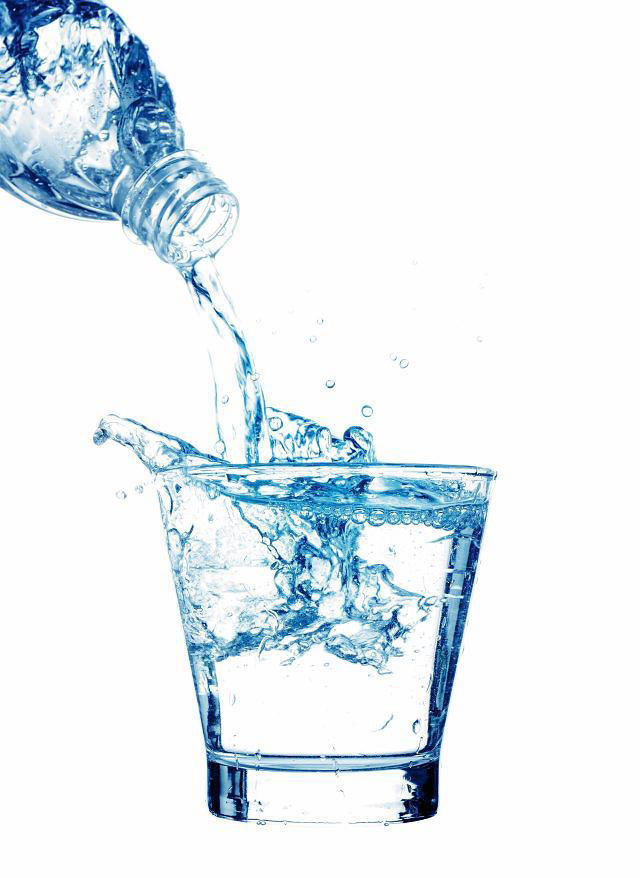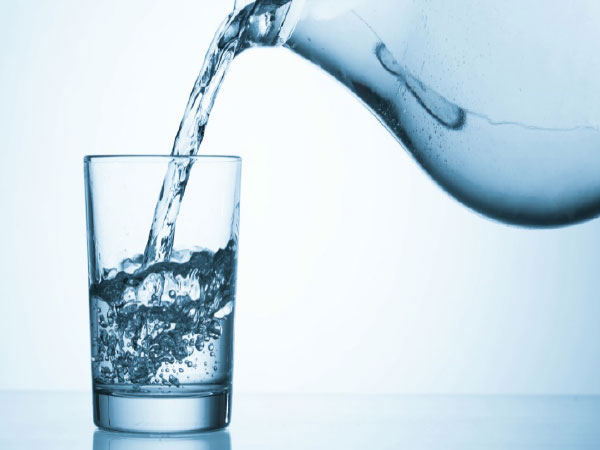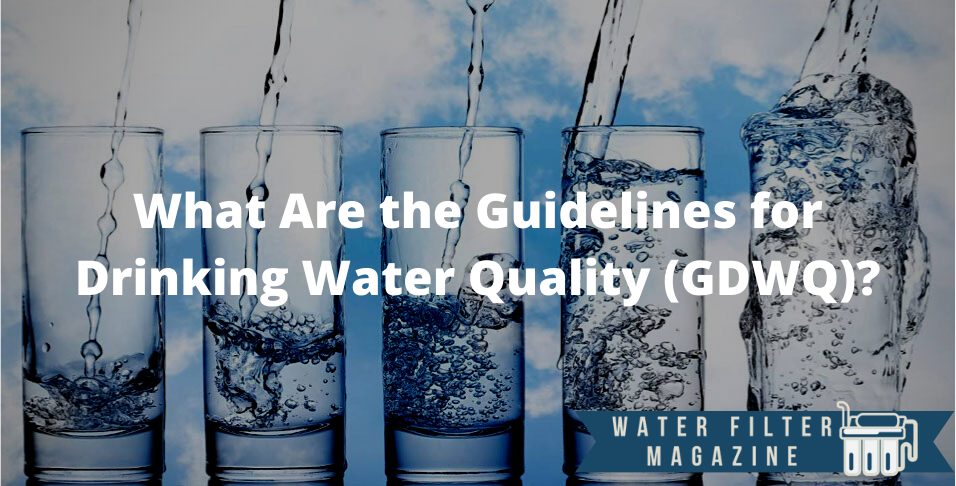The Guidelines for Drinking-Water Quality (GDWQ) is a list of rules that determine whether the water is suitable for drinking or not. GDWQ establishes rules for drinking water. GDWQ is necessary, as it will analyze the water for anatoxin-a contaminants so that they will not pose any health hazards.
The GDWQ was created by the World Health Organization (WHO), put in practice by authorities such as the U.S. Environmental Protection Agency (EPA). The first addendum of the guidelines for drinking water was set up around 1914 when the first regulations took place. In 2011, the fourth and last edition of the addendum was created.
Every bottled water or water filtering brand was affected by GDWQ. These companies would have to perform water quality tests in order to ensure all requirements were met. Audits were performed by health officials such as EPA, listing the contaminants in the Contaminant Candidate List (CCL).
How Does GDWQ Affect the Bottled Water Producers?
 The GDWQ affects bottled water producers in the obvious sense that they need to follow the guidelines for water quality. Unless the requirements of the GDWQ are met, the bottled water will not receive FDA approval to be sold to the masses.
The GDWQ affects bottled water producers in the obvious sense that they need to follow the guidelines for water quality. Unless the requirements of the GDWQ are met, the bottled water will not receive FDA approval to be sold to the masses.
Once GDWQ is applied, certain guidelines have to be met:
- Taste: Water’s taste should not be unusual. While mineral taste is accepted, it should not be the type of taste that is objectionable to the person drinking it. If changes to the taste occur, the GDWQ will be applied once more, analyzing the water for potential contaminants that affect the taste.
- Health Effects: Bottled water meeting the GDWQ must not have any negative health effects. Instead, it needs to have positive health effects. Bottled water should include a series of minerals that are good for human health. Those minerals should be in accordance with the Contaminant Candidate List. Bottled water producers should also ensure the water has no contaminants that may directly affect a person’s health. While contaminants may not be avoided in drinking water, they must be within acceptable parameters.
- Look: Water’s look will also be affected by the GDWQ. If the water looks in any way different or shows turbulence, then it will be subjected to further revision. If it does not look good and transparent, then the FDA will not allow the water to be commercialized.
- Color: Bottled water will pass through several colorimetric methods that will measure the intensity of a particular color. To follow the GDWQ, bottled water needs to be completely transparent. Discoloration may often trigger complaints in consumers.
- Purity: To meet the GDWQ guidelines, bottled water must have a 99% purity level. Bottled water needs to have no evidence of carcinogenic material or toxicity.
- Contaminants: According to the GDWQ, bottled water producers have to ensure the water is clear of chemical and microbial contaminants. The presence of healthy contaminants (minerals) is allowed and recommended, following the limits for healthy consumption.
- Smell: Bottled water should have no bad odor. Bottled water has to be sanitized of any potential chemicals and odor-causing bacteria, making its smell acceptable to the consumers.
How Does GDWQ Affect the Water Filter Producers?
GDWQ affects most water filter producers. In order for the filter to be GDWQ acceptable, a water filter must be capable of filtering water that has been pre-treated by sedimentation and coagulation.
GDWQ has also determined that ceramic water filters may become a health hazard. Their potential to release arsenic into the filtered water has caused most brands to move towards carbon fiber or RO membrane for their filters.
As a result, water filter producers are required that the filters follow a series of aspects including:
- Material: The material of a water filter needs to be resistant to bacteria. It should also not release contaminants in the water as it passes through the filter. For example, carbon block filters are considered GDWQ-friendly, whereas ceramic water filters may release arsenic particles into the water.
- Working Principle: To be GDWQ-accepted, water filtration brands are required to work by the same principle. They must be able to capture the contaminants, disinfect the water and ensure that the water is clean and drinkable.
- Weight and Height: Water filters must maintain an appropriate weight and height, in accordance with their capacity. Brands need to make sure that their filters have an appropriate portability level and may be installed with ease in their suggested areas.
- Technology: Water filters have to use the latest technologies in order to meet the GDWQ standards. The GDWQ guidelines are changing throughout time, and water filters must be able to keep up.
- Mechanics: The mechanics of the filter are also affected by GDWQ. Brands need to make sure that the water passes through several layers of filtration before it is considered clean drinkable water.
Is Every Water Filtration Type Convenient for GDWQ?
No, not every water filtration type is convenient for GDWQ. Sediments and contaminants must be removed so that they do not leave an unpleasant taste or smell. Some sediment water filters may not be able to capture contaminants from the water that may affect its quality. A convenient water filtration type would be an ultrafiltration system.
Who Creates the Guidelines for Drinking-Water Quality?
 The Guidelines for Drinking Water Quality were created by the World Health Organization (WHO) for the entire world and the U.S. Environmental Protection Agency (EPA) for the United States.
The Guidelines for Drinking Water Quality were created by the World Health Organization (WHO) for the entire world and the U.S. Environmental Protection Agency (EPA) for the United States.
WHO acts as a major force in determining the guidelines for water quality, and the major authority of the country has to abide by the rules and ensure drinking water health. While EPA governs over the United States of America, it still follows the guidelines of the World Health Organization.
Does GDWQ Change According to the Different States?
No, GDWQ maintains the same level of quality over every state. When EPA announces changes, they are to be applied across every other state. The only difference lies in the amount of filtration that must be used in order to meet the guidelines.
What Changed in GDWQ in the Last 10 Years?
In the last 10 years, in the GDWQ, there were no major changes, although relatively insignificant changes did occur. GDWQ made a few changes in order to maintain the quality of the water, leading to the creation of 4 addendums in the newest edition. Human activity affected the water quality in general, bringing on these updates:
- Additional Risk Assessment: Due to human activity, water contamination reached higher peaks, leading to new microbial and chemical hazards. GDWQ updated its guidelines in order to assess these contaminants.
- Radiological Aspects: Water quality was also affected because of radiological aspects in the past couple of years. GDWQ updated its policy so that these contaminants may be identified.
- Storage: Health and environmental concerns led to a few changes in the way the water was stored. To prevent water contamination, environmentally-friendly materials are used in order to maintain the quality of the water while protecting the environment.
How to Understand Whether Your Whole-House Water Filter Works Well Based on GDWQ?
To understand whether your whole-house water filter works or not based on GDWQ, homeowners should check the quality of the water regularly. Aspects such as the taste or smell of the water need to be kept in mind, as well as the contamination level of the water.
If the water contamination is high, the water filter will not work well based on GDWQ. High levels of contamination may lead to side effects such as nausea, fatigue, skin irritations, and many more, depending on the contaminant.
The reason is that there are more contaminants in the water than is acceptable by GDWQ. The best whole-house water filters should be able to capture those contaminants. Maintenance of household water filters is important because it ensures they follow GDWQ standards. Whole-house water filters need to be changed regularly and the system requires maintenance, as it will preserve their ability to capture contaminants. A system that is not well-maintained will not be able to capture the particles it was supposed to, sending contaminated water in your main water line.
How to Perform a Water Quality Test Based on GDWQ?
To perform a water quality test based on GDWQ, several methods may be used. A water quality test will offer information about the health of the water. It measures the presence and levels of potential contaminants in the water. This includes pH, nitrates, salinity, phosphates, turbidity, pathogens, and many other aspects that may influence waterway health.
Water quality is based on factors such as chemical, physical, and biological characteristics. The following methodologies may be used in order to determine the quality of the water.
- Physical Tests: Physical tests are performed by a homeowner or a professional at the site. These physical tests will indicate water properties that can be detected by human senses. The presence of a bad taste or smell may suggest that the water does not follow GDWQ standards.
- Chemical Tests: Chemical tests may be ordered through a lab. Chemical tests will determine whether the water contains any organic or mineral substances that may affect the quality of the water or not. The water may be assessed through test strips or water samples sent to a lab. A home water testing fact sheet may give you reading information as well.
- Bacteriological Tests: Bacteriological tests will show whether the water has contaminants such as bacteria or not, which is often a result of fecal pollution. This is often done by taking a test sample of the water and having it analyzed at a laboratory.
How Does Contaminant Candidate List (CCL) Affect GDWQ?
The Contaminant Candidate List (CCL) is an EPA-approved list including contaminants that are often present in the municipal water system. This list is essential, as it keeps track of the quality of the water.
The CCL affects GDWQ as it lists out potential contaminants in the water. It will provide the regulatory determination and state whether the amount of contaminants is dangerous for consumption or not. The GDWQ will take those results and update their own requirements.
CCL can affect GDWQ in different ways for different states, geographies, and continents. This will depend on the overall quality of the water, as well as the contaminants that are often present. For example, farmlands may have a higher concentration of fecal matter in the water, whereas areas with hard water may have higher concentrations of minerals. This will influence the types of filtering systems that need to be used to meet GDWQ standards.

